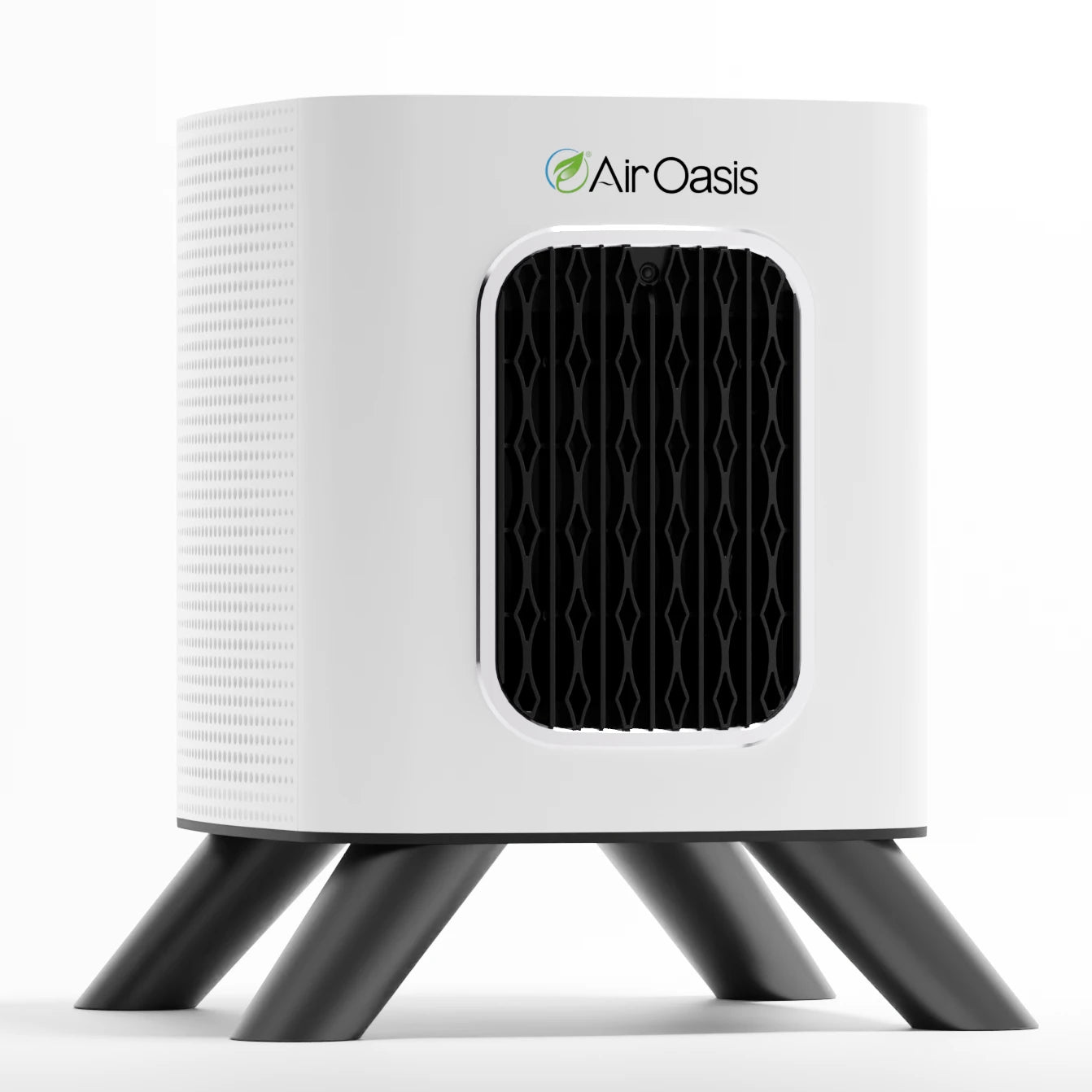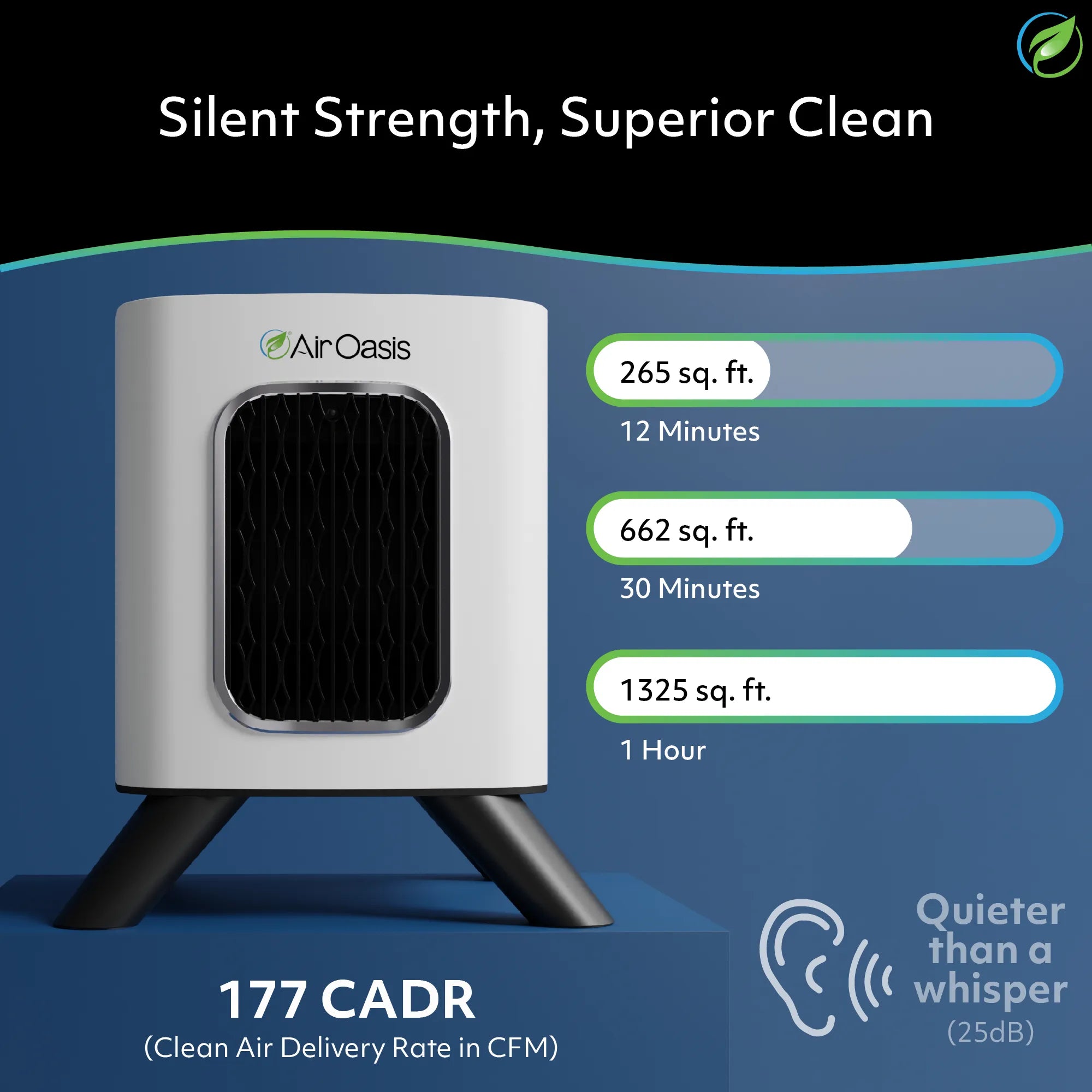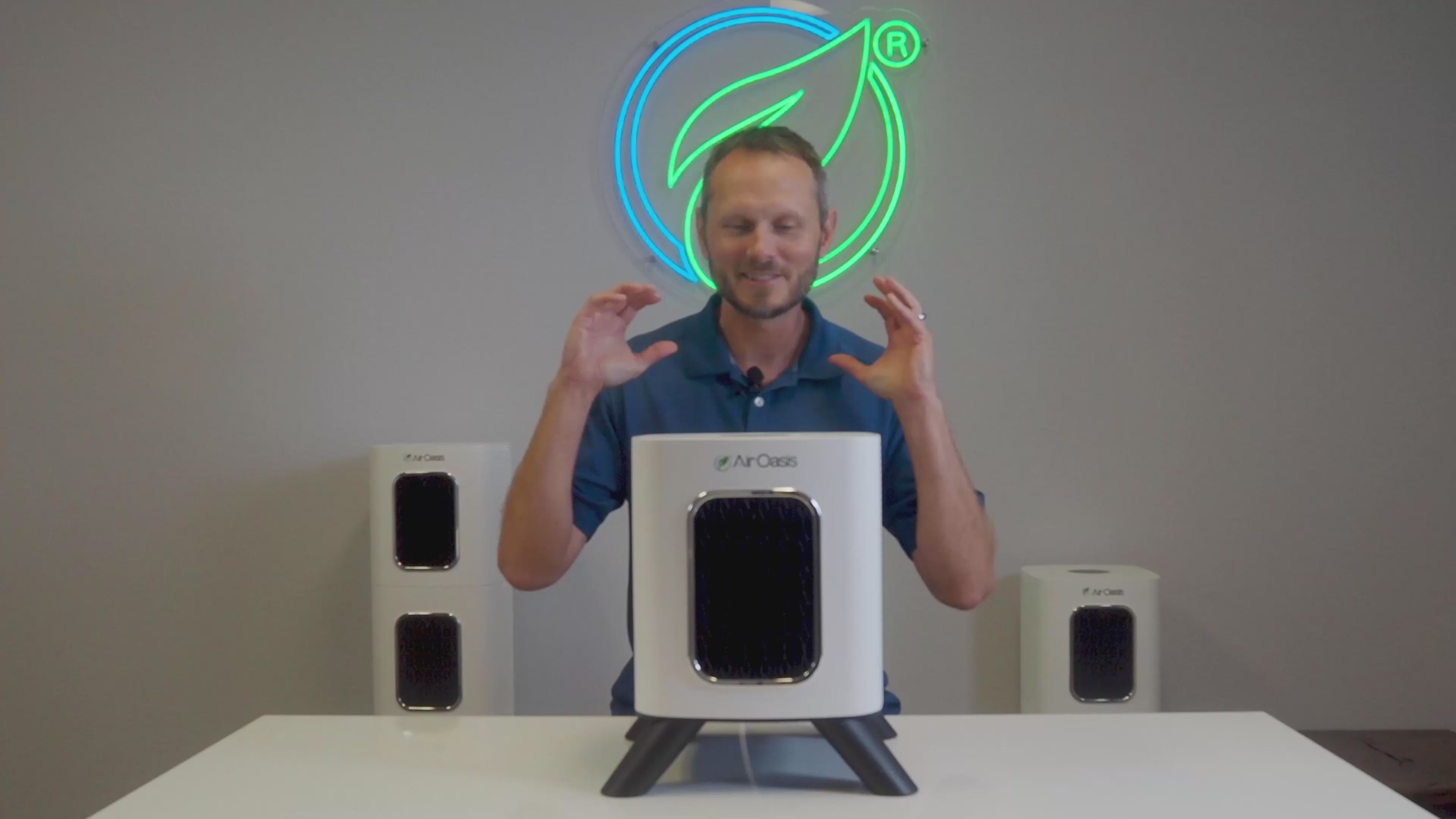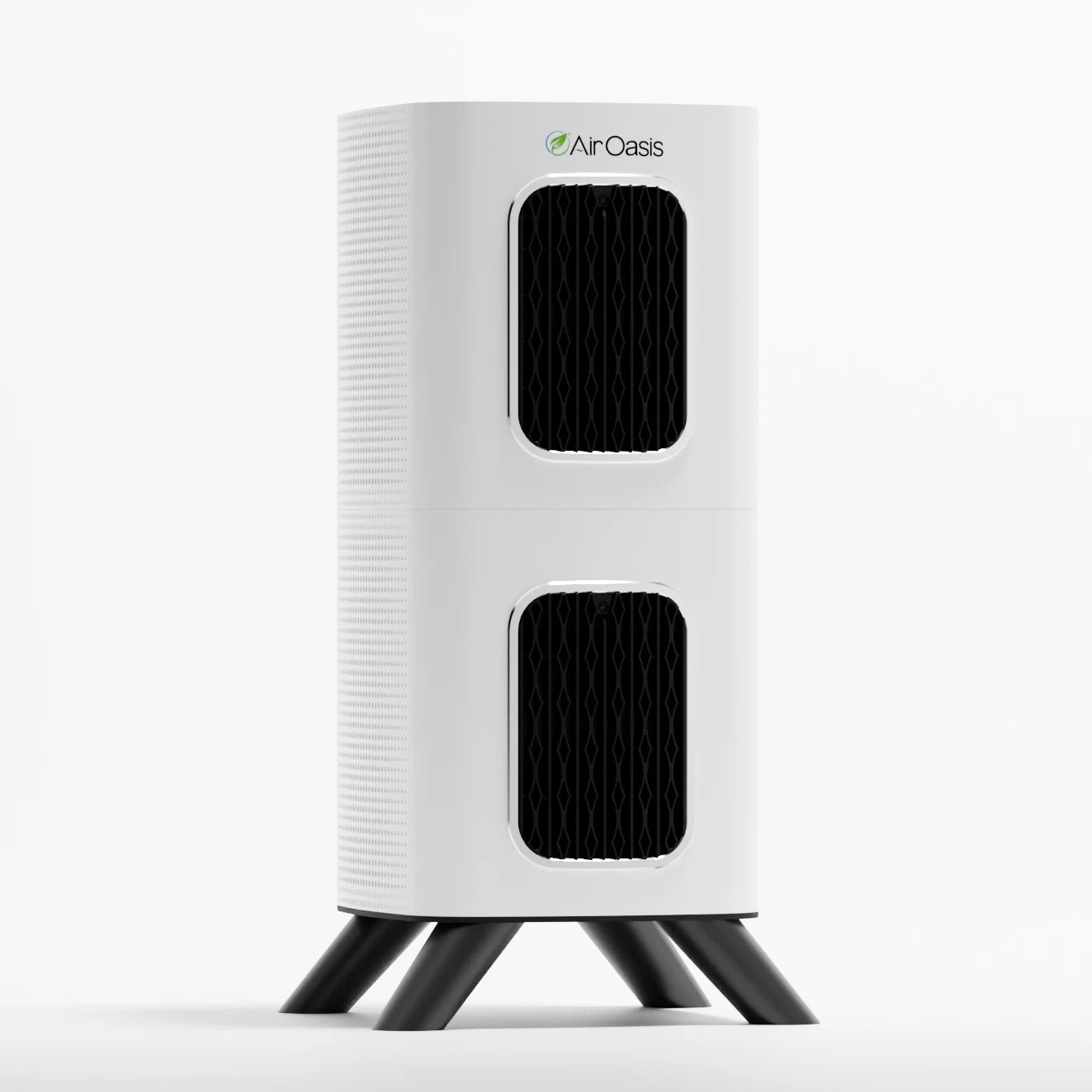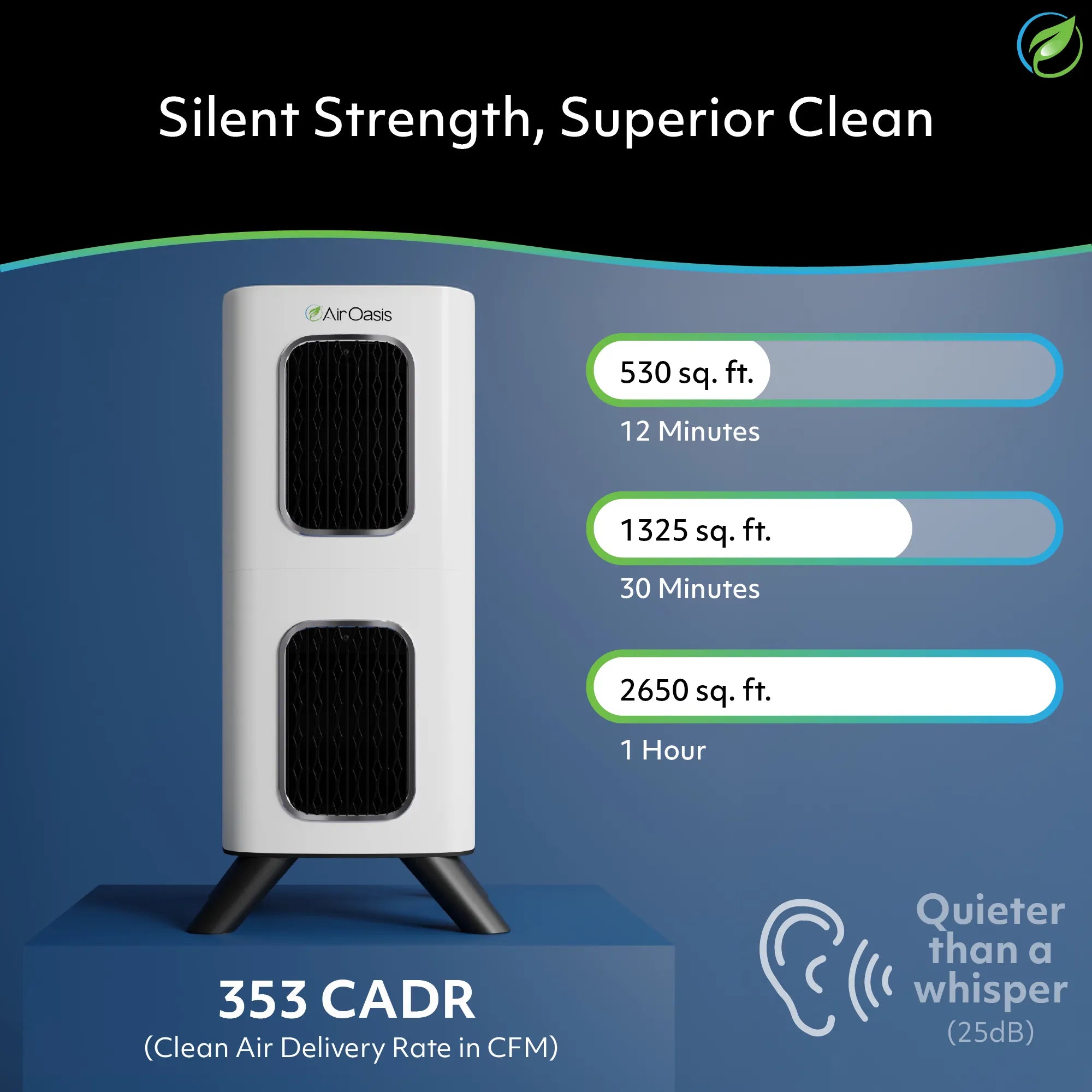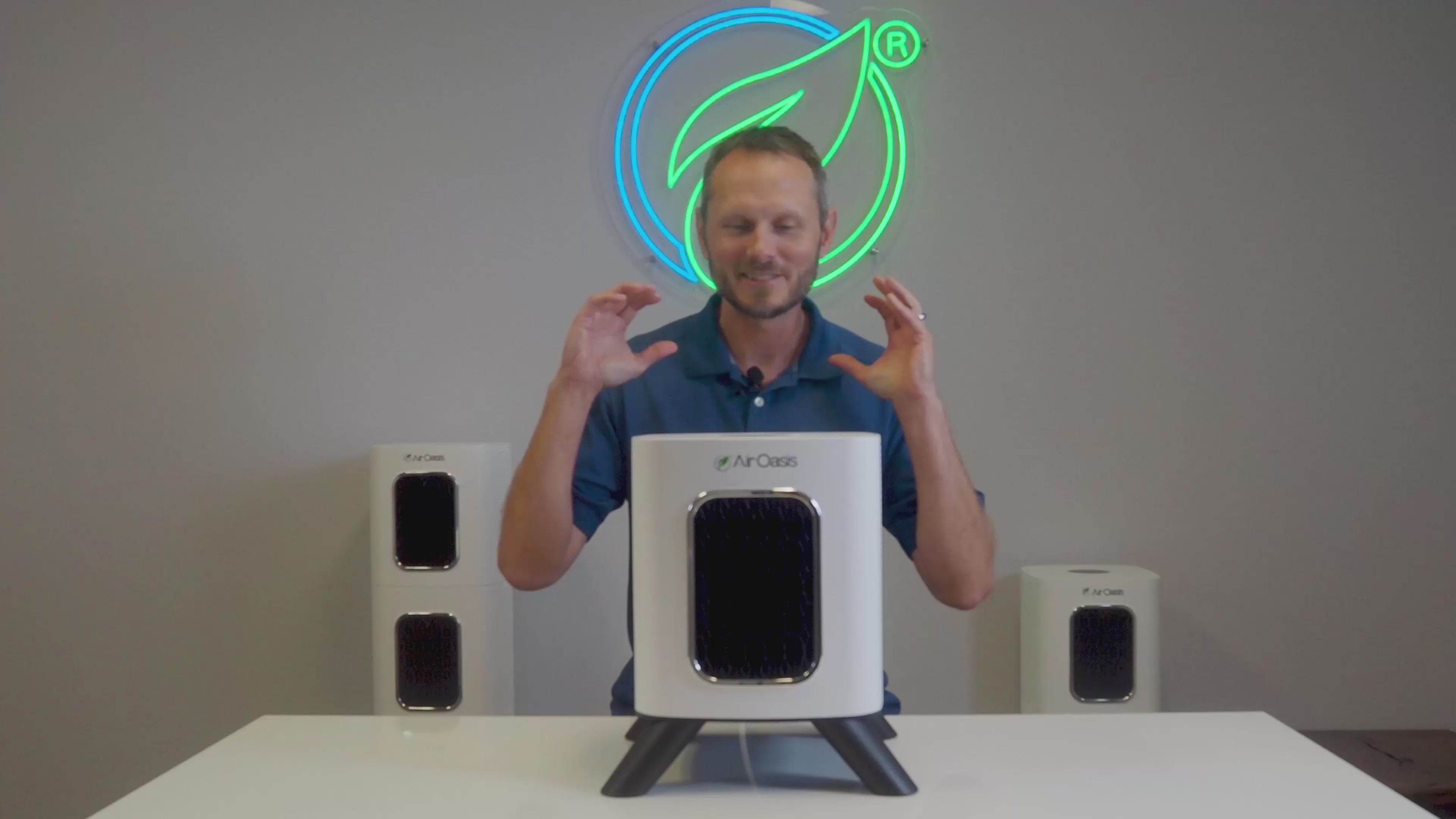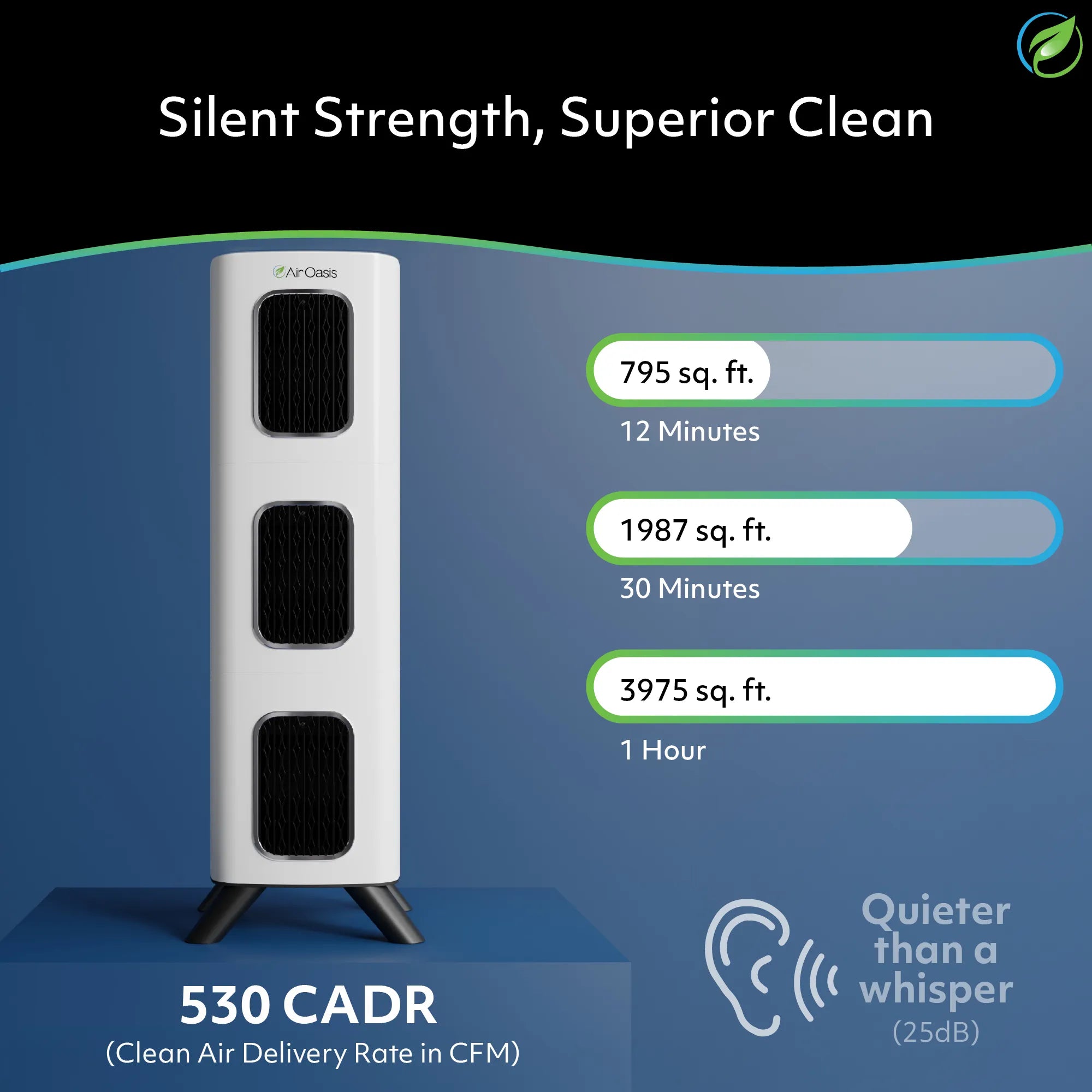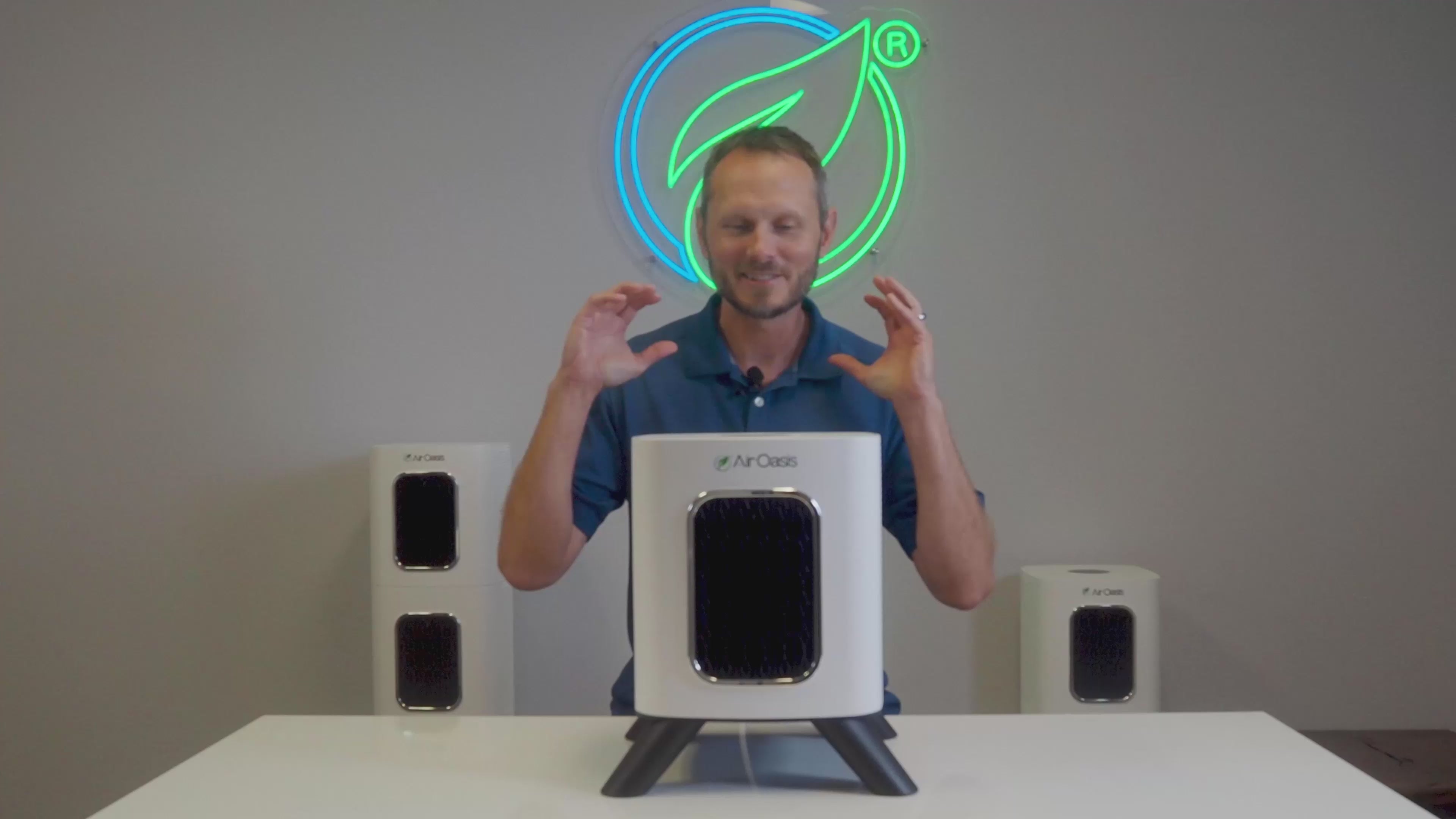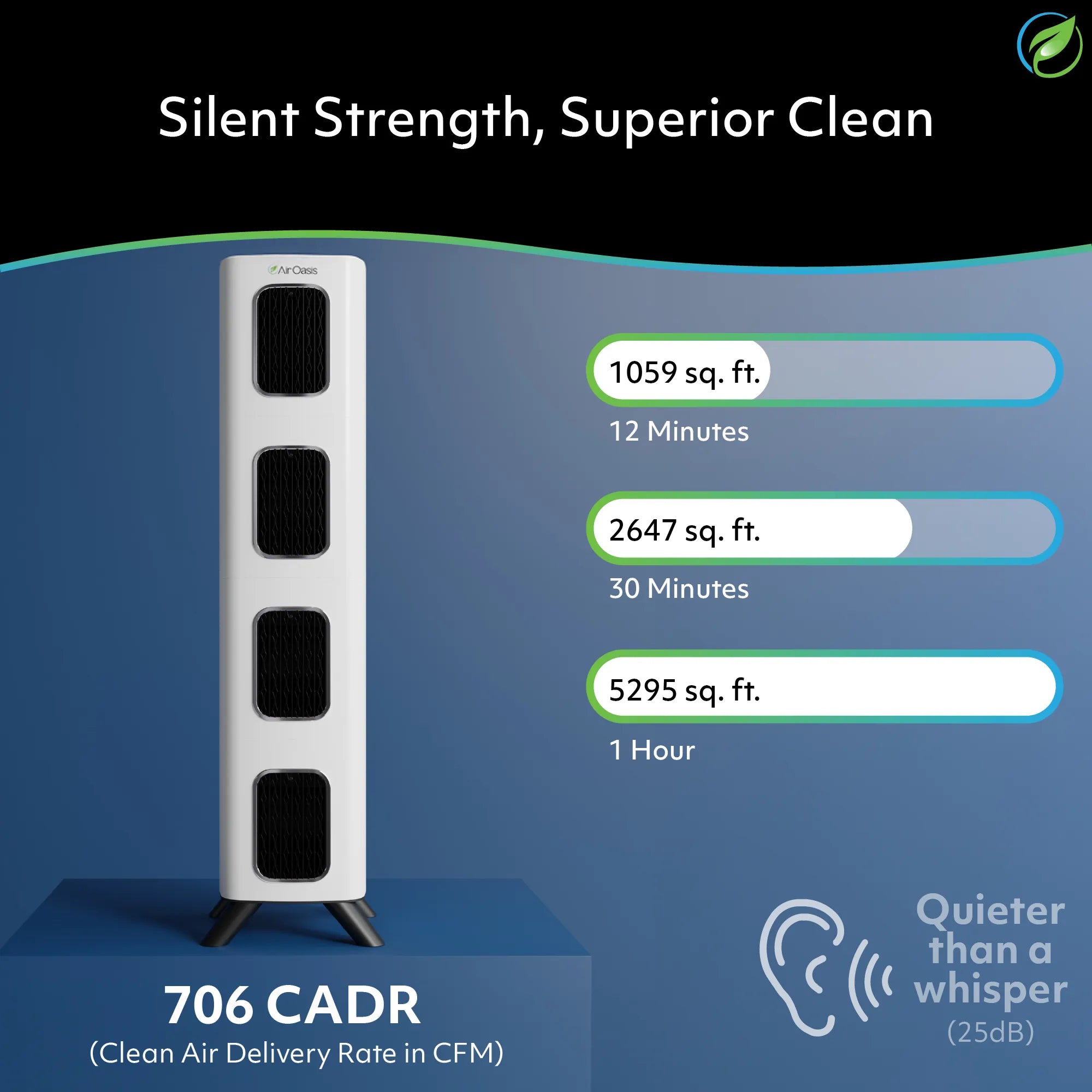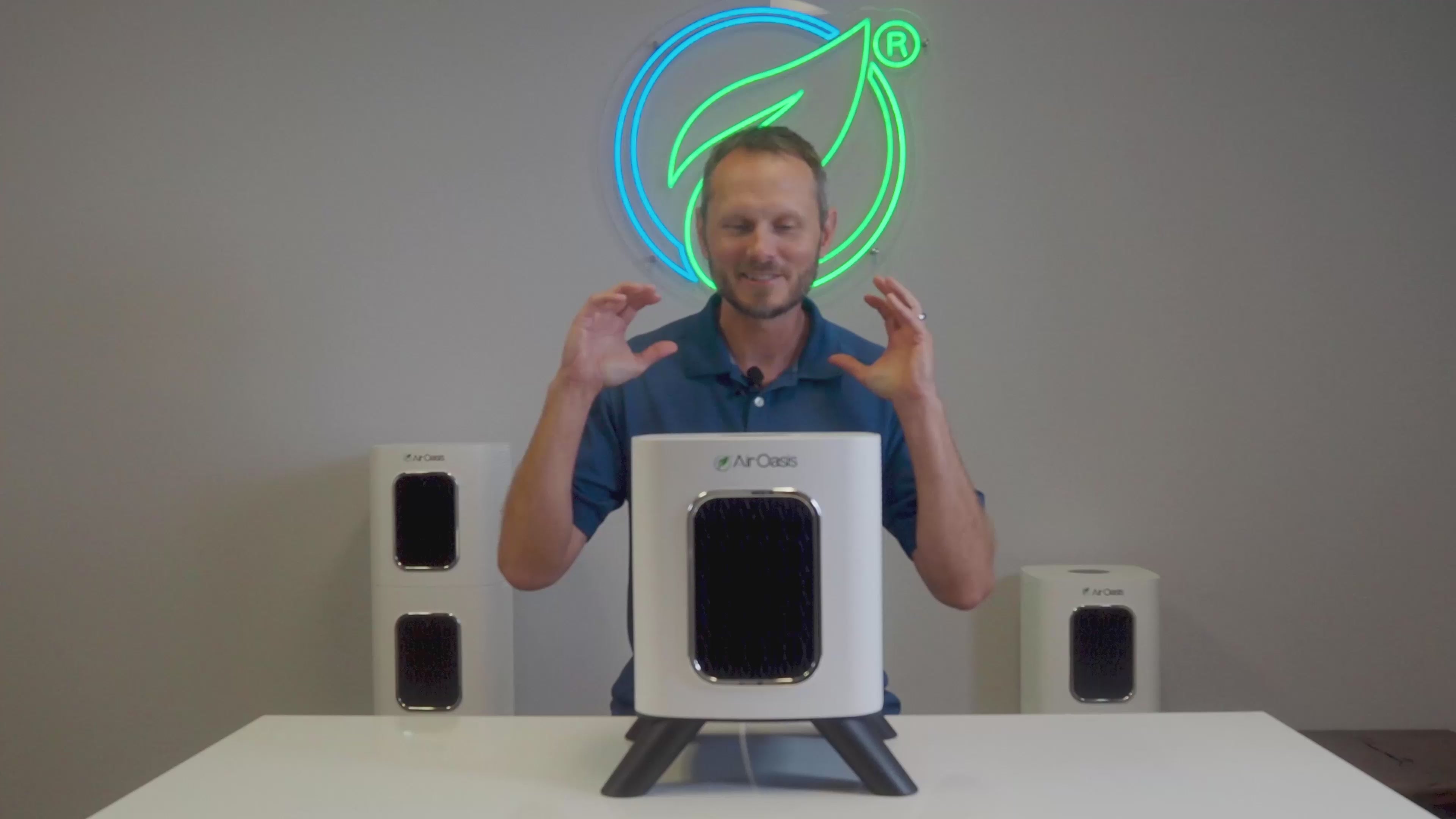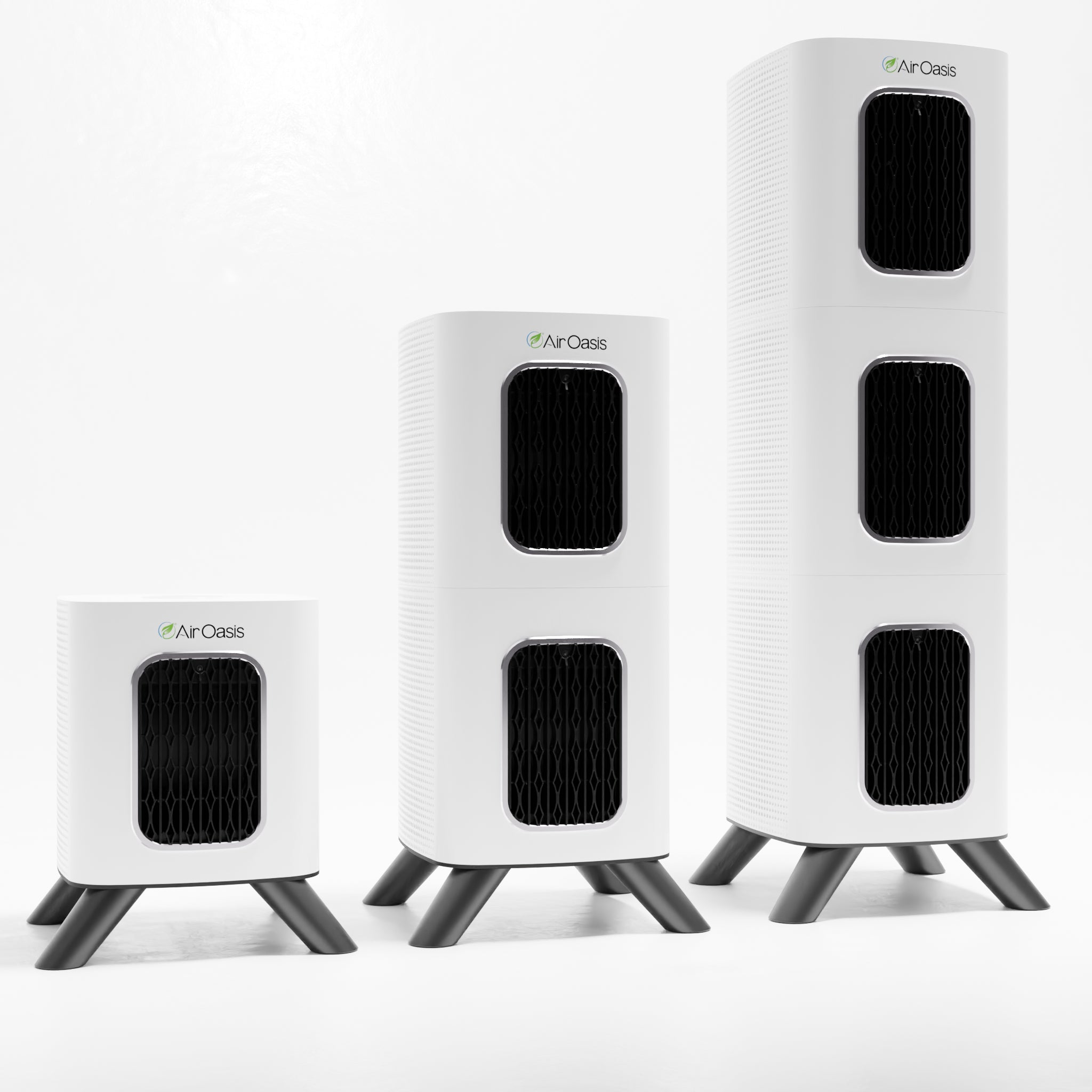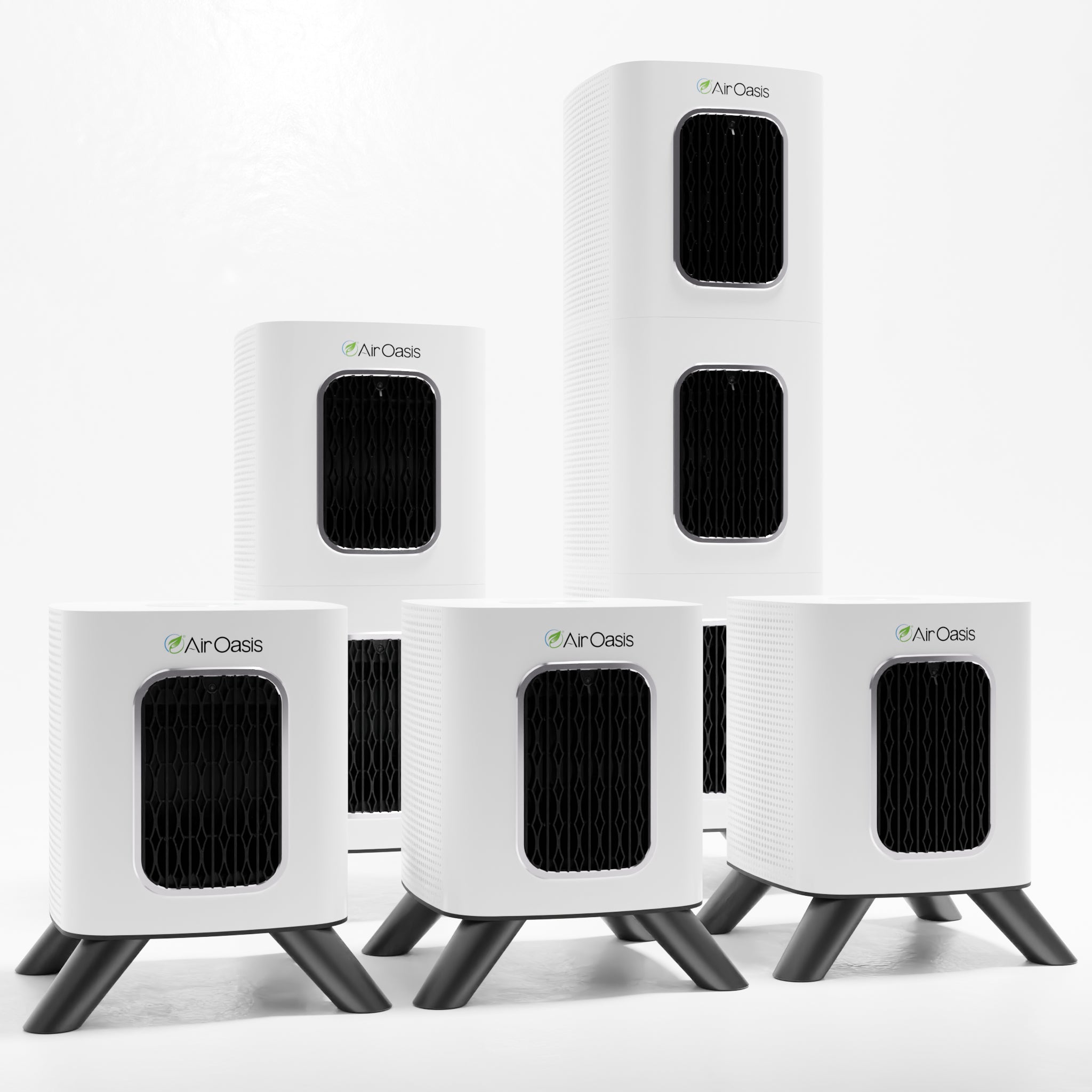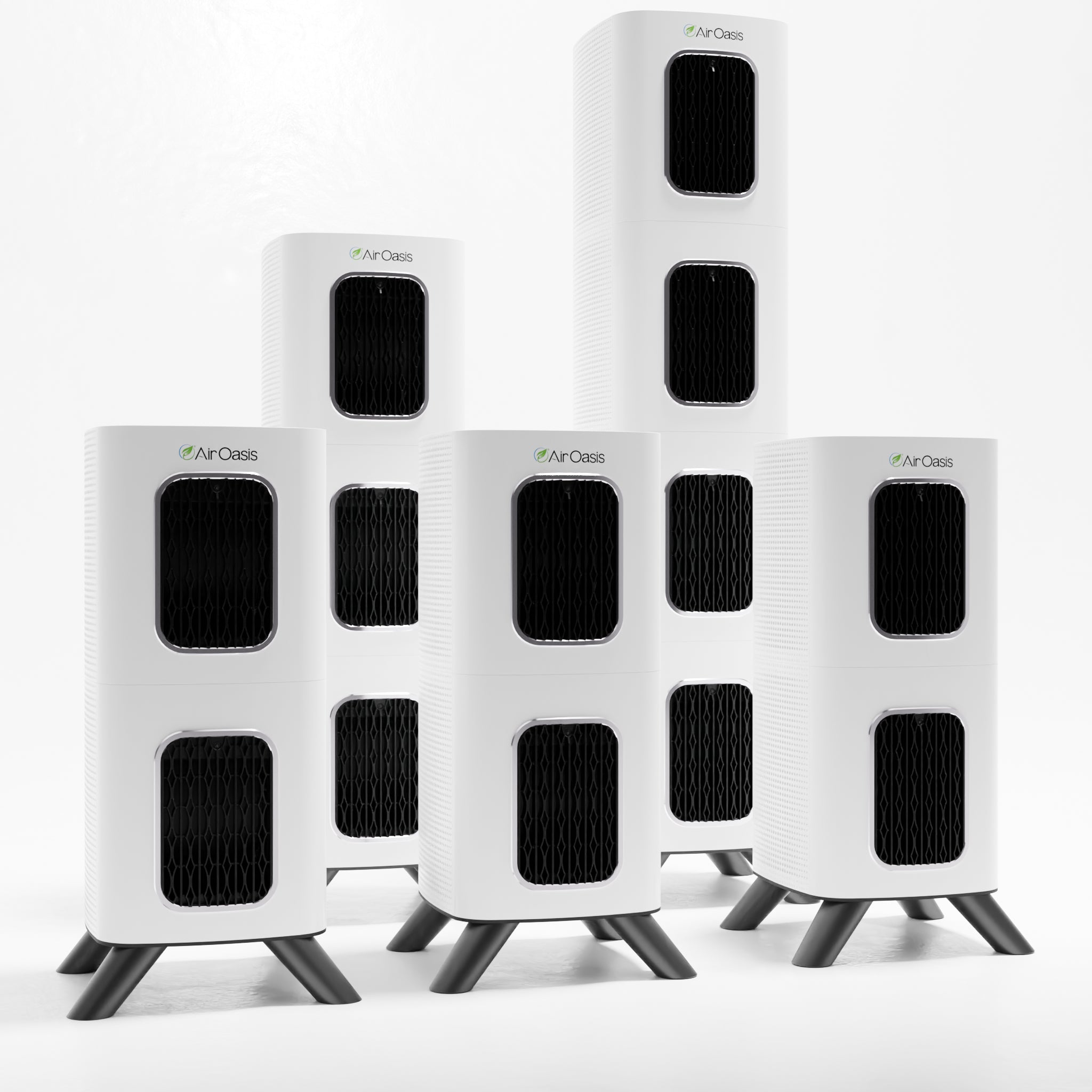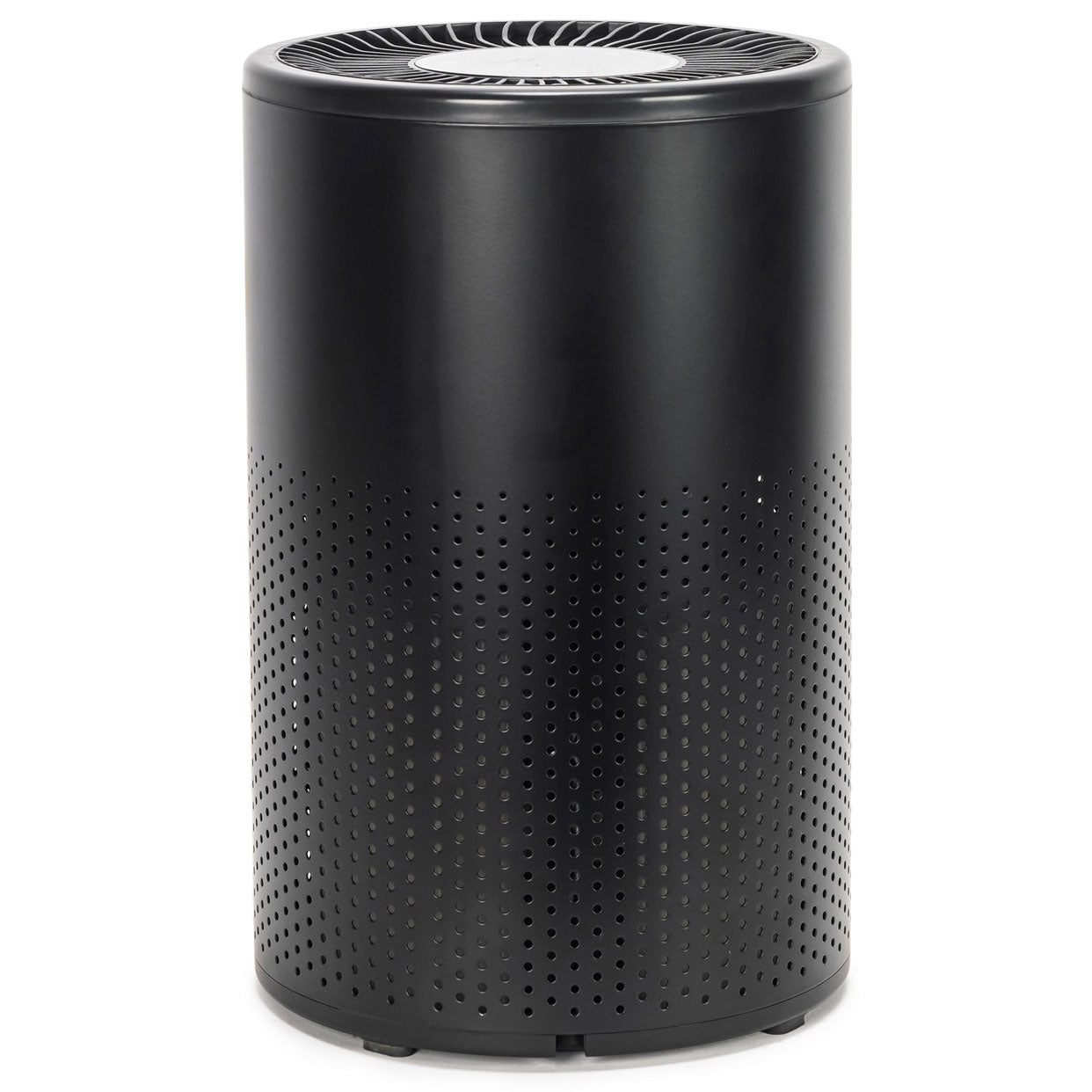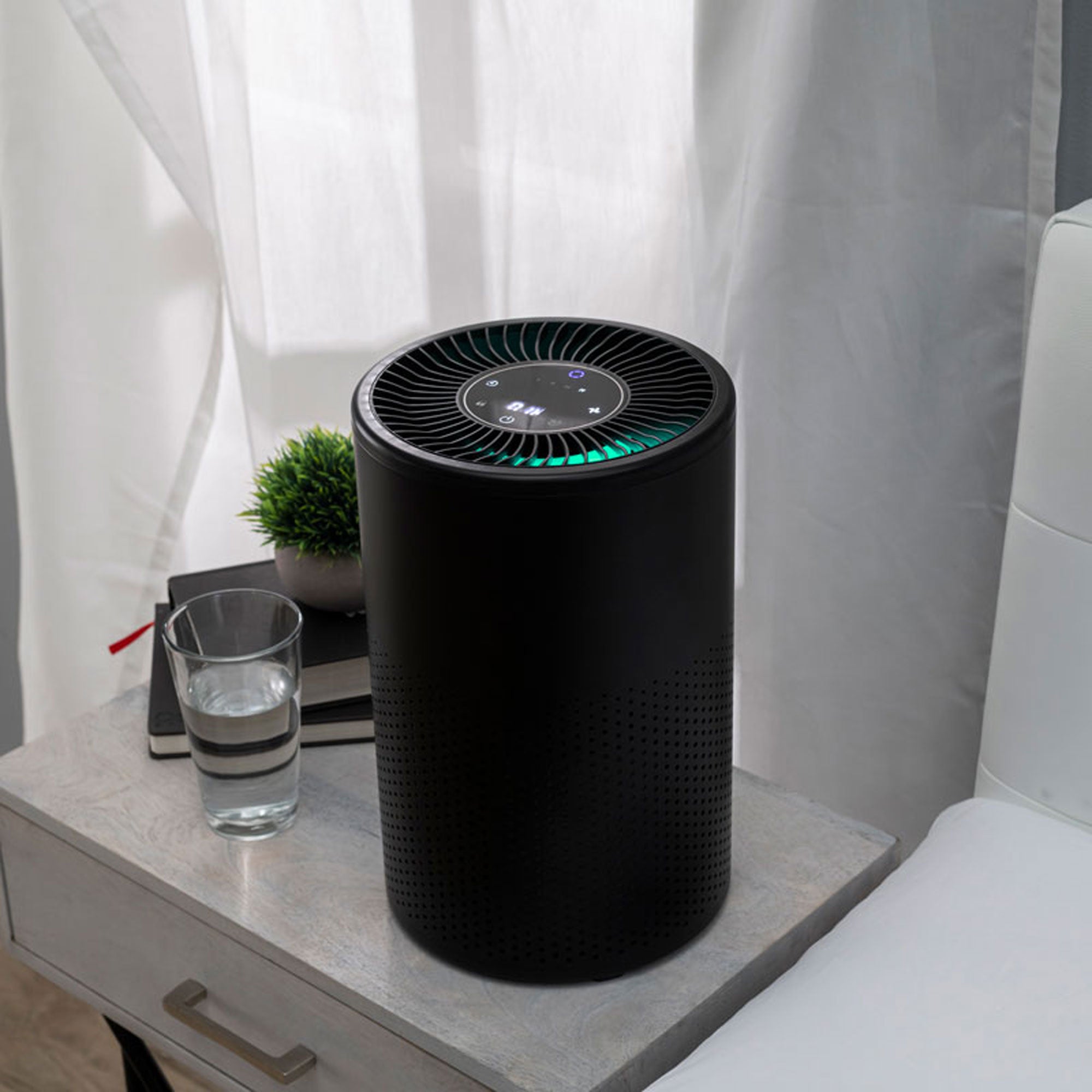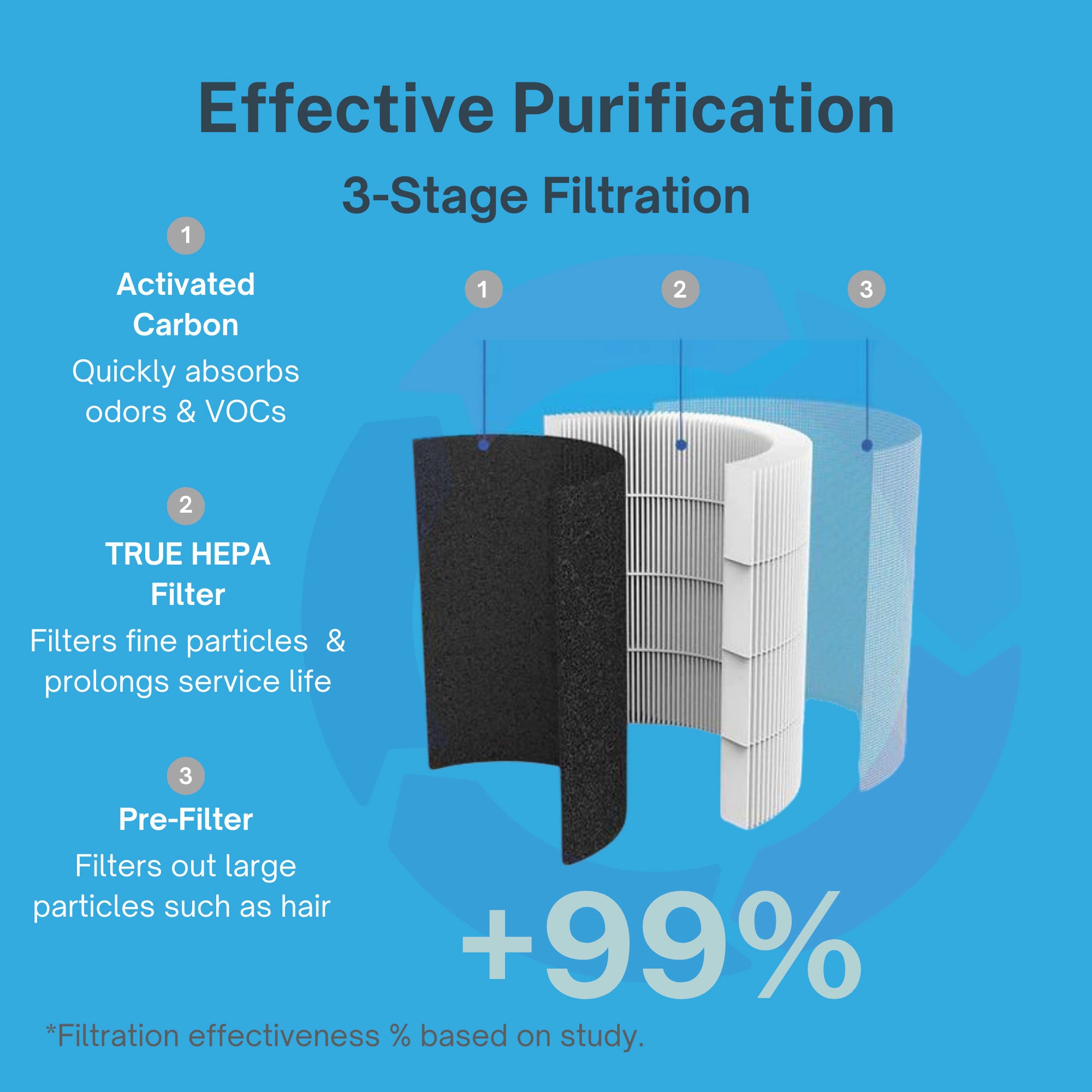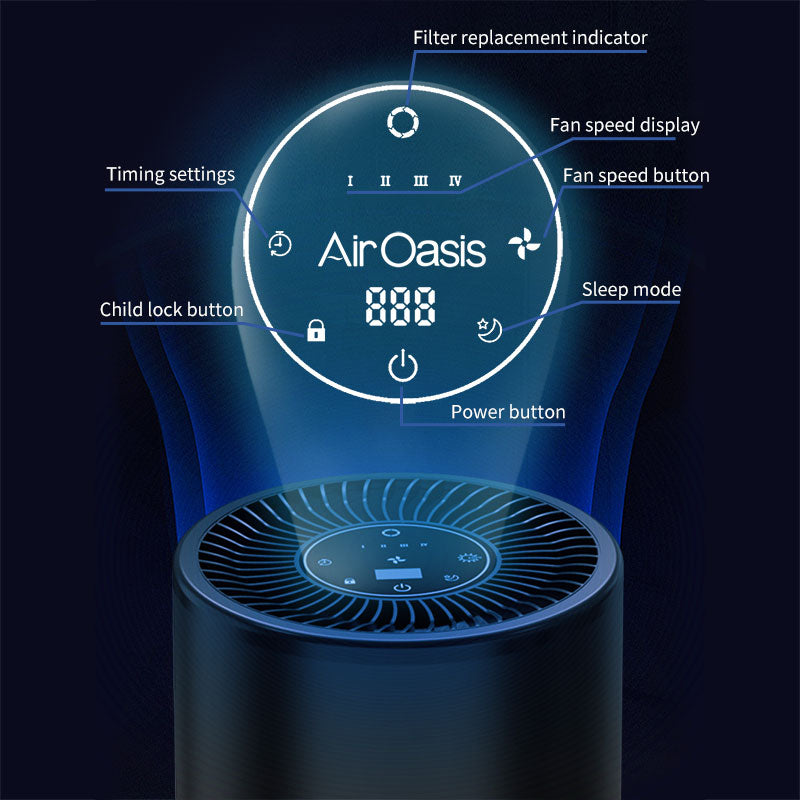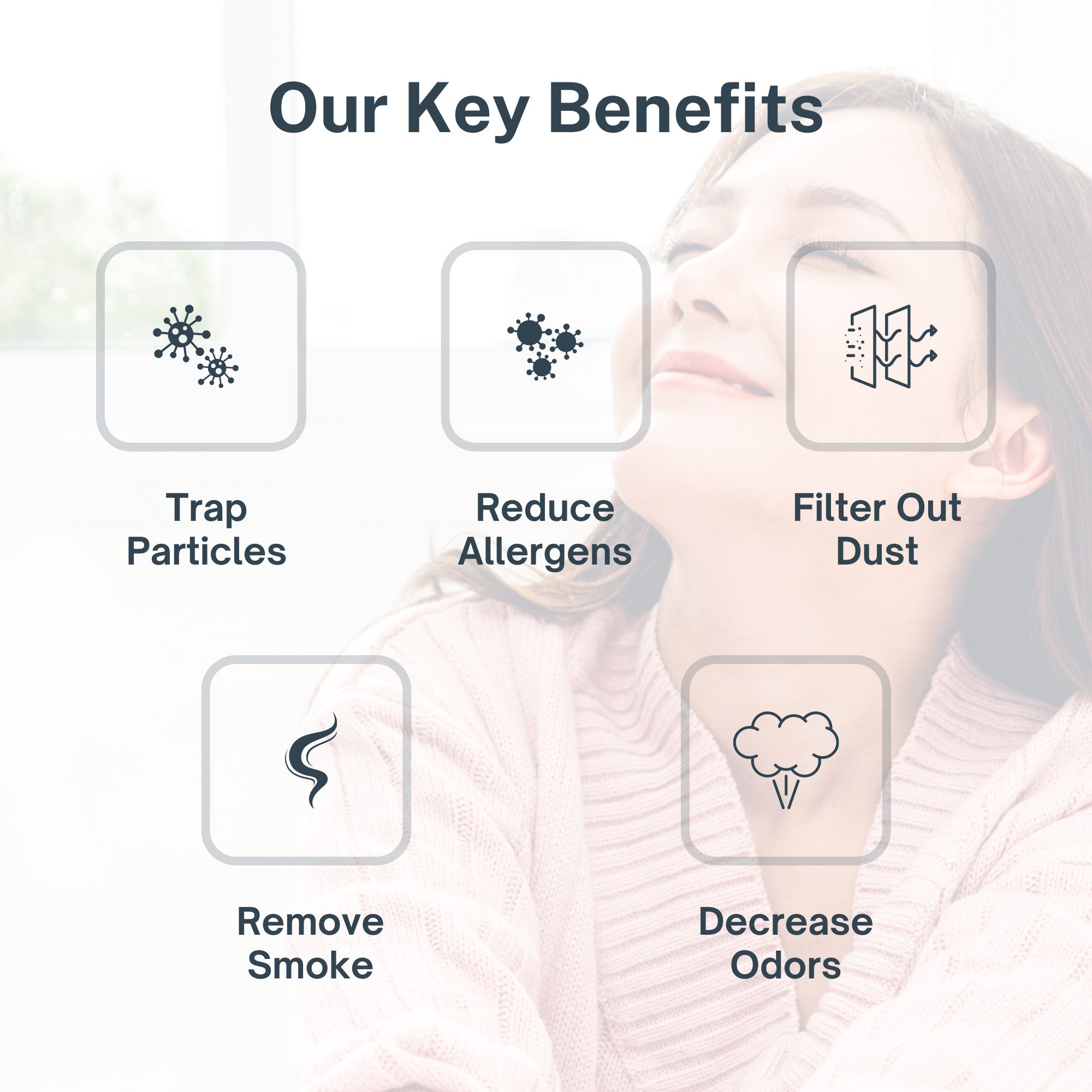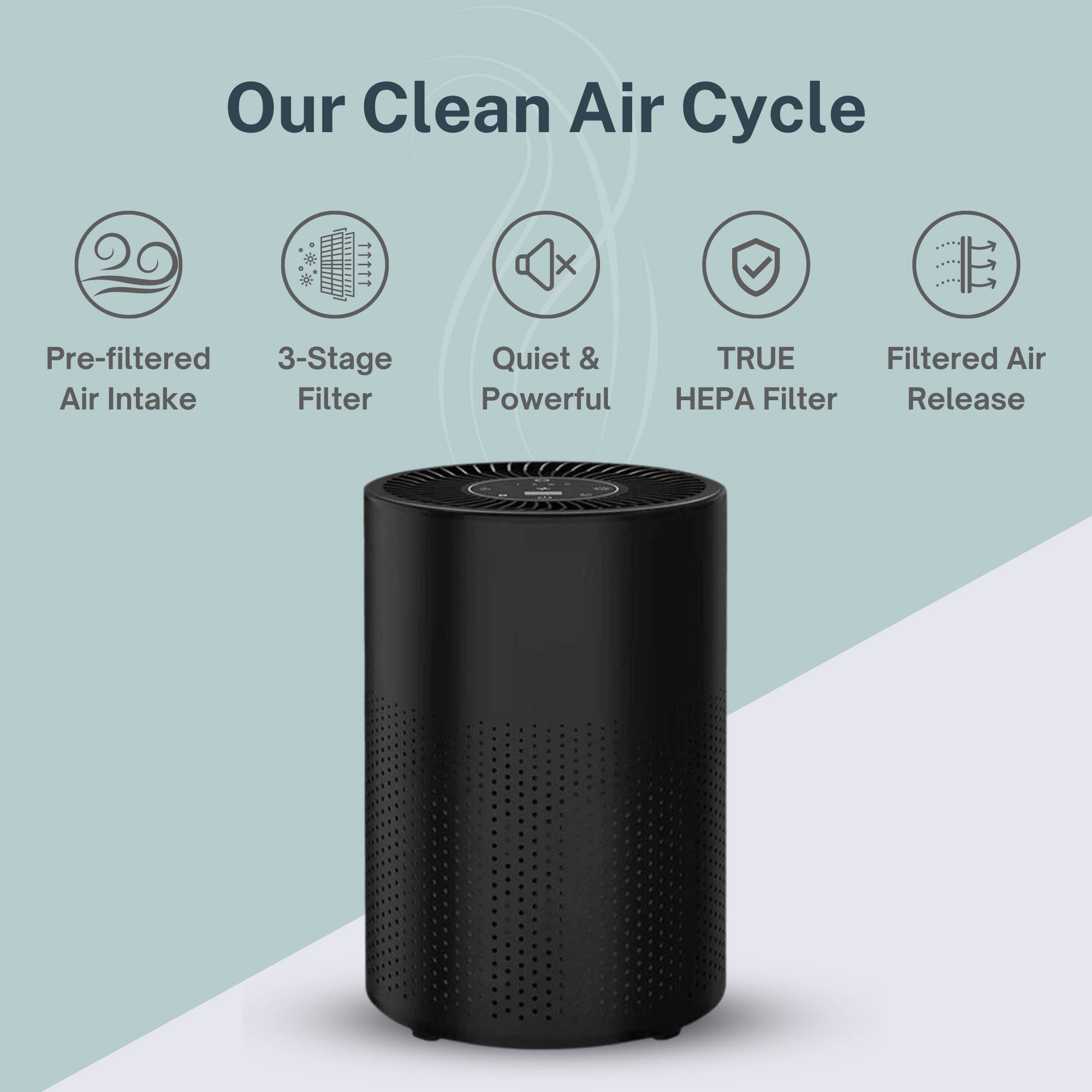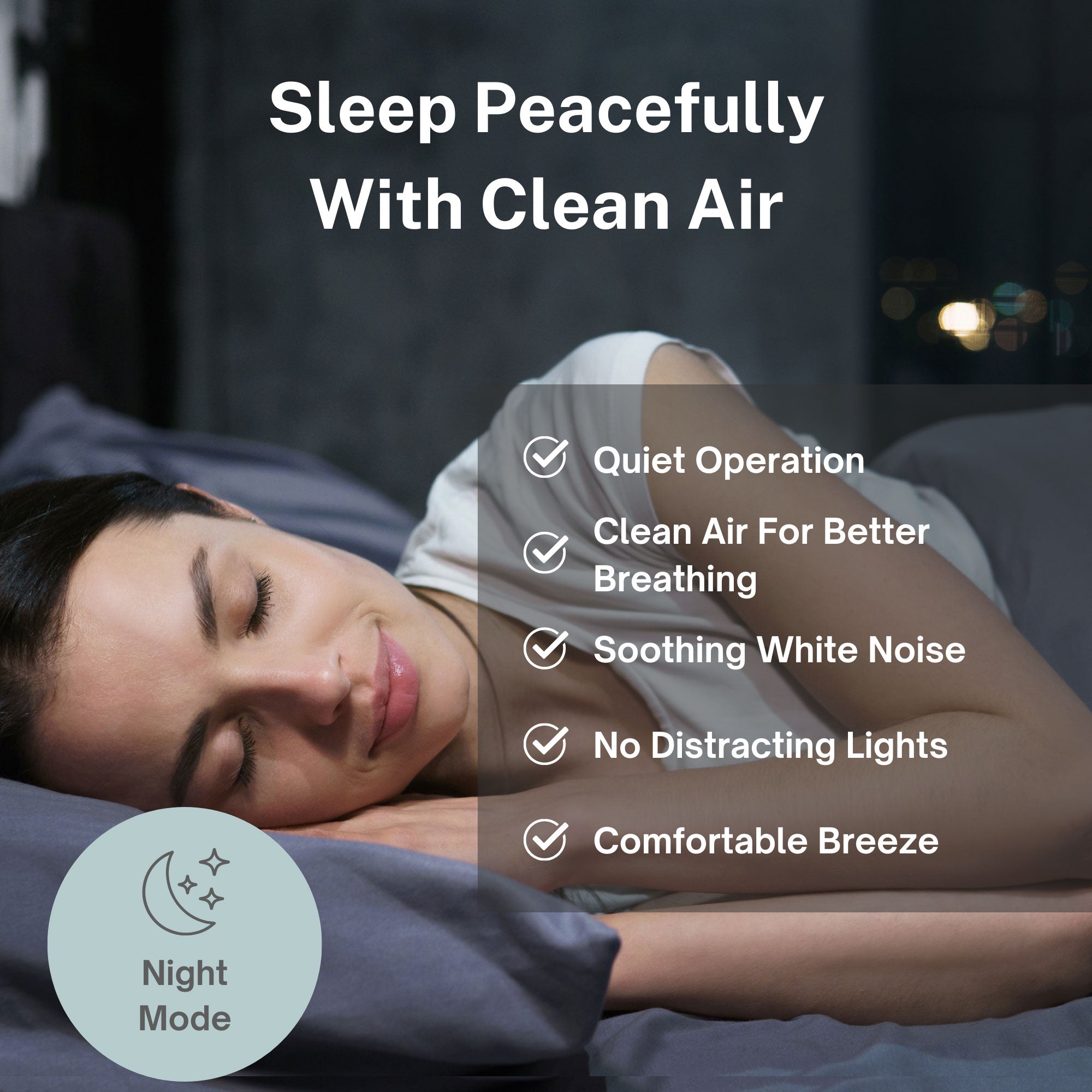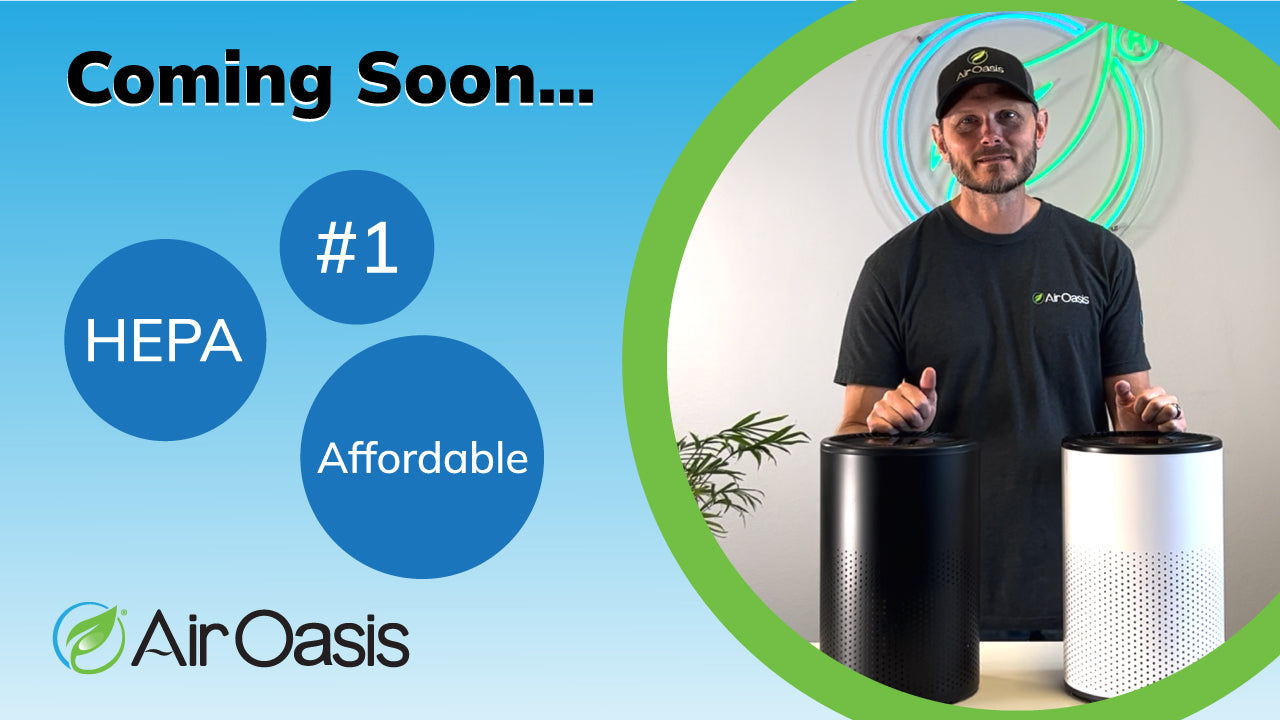Valley fever infections have reached dangerous new heights across California. State health officials report the highest case numbers ever recorded. The fungal disease now threatens thousands of residents in affected regions.
Health departments across the state issued urgent warnings this week. They urge residents to take immediate protective measures. The spike represents a serious public health emergency that requires swift action.
What Valley Fever Does to Your Body
Valley fever attacks your respiratory system first. The fungus enters through your lungs when you breathe contaminated dust. Many people develop flu-like symptoms within weeks of exposure.
Early symptoms include persistent cough, fever, chest pain, and extreme fatigue. Some patients experience severe headaches and muscle aches. The infection can spread beyond the lungs in serious cases.
According to the Centers for Disease Control and Prevention, about 5-10% of people develop severe forms of the disease. The fungus can spread to skin, bones, joints, and even the brain. These complications can prove life-threatening without proper treatment.
People with weakened immune systems face the highest risks. Pregnant women, elderly individuals, and those with diabetes or lung disease need extra protection. The disease can cause permanent lung scarring in some patients.
Record-Breaking Numbers Paint Alarming Picture
California reported over 9,000 valley fever cases in the past year. This number represents a 30% increase from the previous record. Central Valley counties show the most dramatic spikes in infections.
Kern County alone accounts for nearly half of all reported cases. Fresno, Kings, and Tulare counties also report significant increases. Health officials call these numbers unprecedented in the state's disease surveillance history.
The infection rate now exceeds 200 cases per 100,000 residents in heavily affected areas. Some counties report rates three times higher than the state average. These statistics represent real people facing serious health consequences from airborne fungal exposure.
Construction workers, agricultural employees, and outdoor laborers show the highest infection rates. Their jobs expose them to contaminated soil and dust on daily basis. Many don't realize their work environments pose serious health risks.
Environmental Conditions Create Perfect Storm
Drought conditions followed by heavy rains created ideal conditions for fungal growth. The valley fever fungus thrives in this wet-dry cycle pattern. Contaminated soil becomes airborne during dry, windy periods.
Climate change intensifies these dangerous weather patterns across California. Extended droughts stress the soil ecosystem. Sudden rainfall then promotes rapid fungal reproduction in affected areas.
The Air Oasis understanding of airborne contaminants recognizes that fungal spores represent serious indoor air quality threats. These microscopic organisms can infiltrate homes and workplaces through normal ventilation systems.
Construction and development activities disturb contaminated soil. This releases massive amounts of fungal spores into the air. Wind then carries these dangerous particles across wide geographic areas.
Geographic Spread Beyond Traditional Hot Spots
Valley fever traditionally concentrated in specific Central Valley regions. Now the disease appears in previously unaffected areas across the state. Northern California counties report their first significant outbreaks.
The fungus spreads through atmospheric transport of contaminated dust particles. Major storm systems can carry spores hundreds of miles from original sources. This explains new infection clusters in unexpected locations.
Urban development in previously rural areas exposes new populations to the fungus. Suburban expansion into agricultural land increases resident exposure risks. Many newcomers lack awareness about valley fever prevention strategies.
According to California Department of Public Health surveillance data, the geographic range continues expanding northward and westward. Coastal counties now report cases among residents with no travel history to endemic areas.
High-Risk Occupations and Activities
Construction workers face extreme valley fever risks through daily soil disturbance activities. Excavation, grading, and site preparation release massive amounts of contaminated dust. Many employers fail to provide adequate respiratory protection for workers.
Agricultural workers encounter the fungus through farming, harvesting, and processing activities. Dust clouds from field work contain high concentrations of dangerous spores. Seasonal workers often lack access to proper protective equipment.
Archaeologists, geologists, and outdoor researchers work directly with contaminated soil samples. Their scientific activities require extensive ground excavation and sample collection. Professional organizations now mandate respiratory protection for fieldwork in affected areas.
Military personnel training in Central Valley locations show elevated infection rates. Large-scale training exercises disturb vast areas of contaminated soil. The Department of Defense now screens personnel for valley fever exposure.
Protecting Your Home and Family
Valley fever spores easily enter homes through normal ventilation systems. Standard HVAC filters cannot block these microscopic fungal particles. Contaminated outdoor air brings the infection risk directly into your living space.
Closing windows and doors during dusty conditions provides some protection. However, most homes cannot maintain complete isolation from outdoor air. Professional air purification becomes essential for comprehensive protection in affected areas.
The Air Oasis comprehensive air purification systems specifically address fungal spore contamination through multi-stage filtration technology. HEPA filters combined with UV-C sterilization provide proven protection against airborne fungal threats.
Landscaping and yard work create major exposure risks for homeowners. Digging, planting, and soil cultivation release fungal spores directly into breathing zones. Always wear N95 masks during any soil disturbance activities.
Medical Treatment and Recovery Challenges
Valley fever diagnosis often takes months due to symptom similarity with other respiratory infections. Many doctors outside endemic areas lack familiarity with the disease. Delayed diagnosis allows the infection to worsen and spread throughout the body.
Antifungal medications provide the primary treatment approach. However, these drugs often cause significant side effects including nausea, liver problems, and drug interactions. Treatment typically continues for months or years depending on infection severity.
Some patients develop chronic valley fever that requires lifelong medication management. The fungus can remain dormant in the body and reactivate during periods of immune system weakness. This creates ongoing health challenges for affected individuals.
Recovery from severe valley fever can take years. Many patients experience permanent lung damage and reduced breathing capacity. The economic impact includes lost work time, medical expenses, and long-term disability costs.
Prevention Strategies That Work
Avoiding dust exposure provides the most effective prevention strategy. Stay indoors during windy conditions when dust levels increase. Use air conditioning instead of opening windows during high-risk periods.
Workplace safety measures must include proper respiratory protection for all soil disturbance activities. N95 masks provide minimum protection, while P100 respirators offer superior filtration for high-exposure situations. Employers should provide training about valley fever risks and prevention methods.
Travel precautions become essential when visiting endemic areas. Monitor local air quality reports and avoid outdoor activities during dust storms. Consider postponing non-essential travel during peak transmission seasons.
Vehicle cabin air filters should receive frequent replacement in affected areas. Standard filters cannot block valley fever spores effectively. Upgrade to HEPA-grade cabin filters when available for your vehicle model.
The Future of Valley Fever in California
Climate scientists predict continued expansion of valley fever endemic areas. Rising temperatures and changing precipitation patterns favor fungal growth and dispersal. More California residents will face exposure risks in coming decades.
Public health officials work to improve disease surveillance and reporting systems. Earlier detection of outbreaks enables faster public health responses. However, prevention remains the most effective strategy for protecting communities.
Medical researchers develop new diagnostic tools and treatment approaches. Rapid testing methods could reduce diagnosis delays significantly. Vaccine development shows promise but requires years of additional research and testing.
Urban planning decisions must now consider valley fever risks. Development in high-risk areas should include protective measures for residents and workers. Building codes may need updates to address airborne fungal contamination risks.
Protect Your Family from Valley Fever
Valley fever spores can enter your home through normal ventilation. Don't let this dangerous fungus threaten your family's health. Invest in comprehensive air purification technology proven to remove fungal contaminants from indoor air. Shop Air Oasis today for the advanced filtration systems that keep valley fever spores out of your breathing space.





